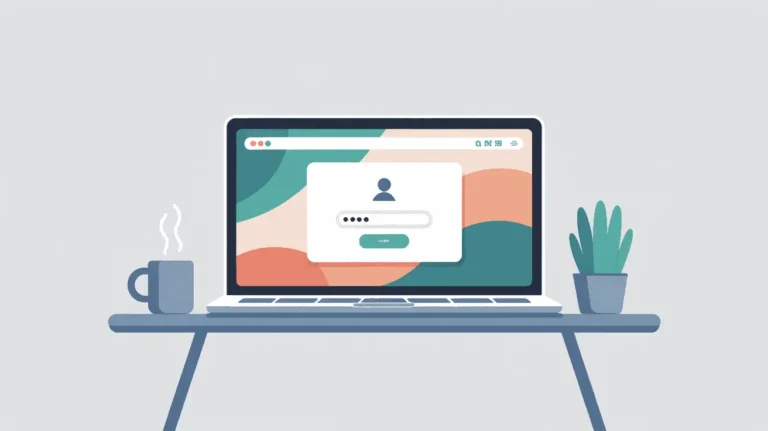5 ADHD Time Management Techniques ADHD Teachers Need
Juggling lesson plans, emails, and the nonstop needs of your students?
If you're a teacher with ADHD, you know the feeling of time just…slipping away.
It's like trying to hold water in your hands, right? You are not alone.
Teaching is a tough job, period.
But throw ADHD into the mix?
It's a LOT.
That's why today I want to share five practical, ADHD-friendly time management techniques to help you feel and do your best!
This article contains affiliate links. If you purchase through these links, I will earn a small commission at no extra cost to you. Thank you for your support!
These aren't about achieving an impossible standard of perfection.
Umm…no one has time for that.
I sure didn't, nor do I today.
Definitely didn't stop me from trying, though. You?
So, this is about progress.
Your unique brain is an asset.
Let's figure out how to make it work for you, not against you.
Sign up here for your free ADHD in Women Checklists guide!

Find the Right Planner
Let's be real.
How many planners have you bought, started with delight, and then…abandoned?
Yeah, me too.
More than I can count.
Almost as many times as I've said I'll go to bed earlier.
(Surprise, surprise, that morning alarm goes off just as early the next day.)
Traditional planners often fail those of us with ADHD. Why?
They can be too rigid, not visually appealing, or just plain overwhelming.
They can even make us feel worse about our ourselves and our mile long to-do list by heaping on extra piles of judgment.
(Kind of like your cousin at Thanksgiving when she starts doling out unsolicited ‘life advice.')
If you're like me, we *really* don't need anyone else adding onto that inner critic.
That girl is already doing great without any extra encouragement.
Living rent free, as they say.
So, we need something else.
We need flexibility, customization, and something that will give us structure but in a way that lets us still be creative.
Why Traditional Planners Often Fail ND Teachers
You get your fancy shmancy new planner in the mail.
You crack it open and take a whiff.
Smells soooooooooooo good!
(Kind of like all those brand new books I bought and never touched.)
You open it up and it's like, “List your ONE thing you want to accomplish today.”
*record scratch*
I'm sorry, what? Just one?
Not my 2,000,000 sticky note tasks?
Just. One.
Like the Scream painting.
All of a sudden you're pulled down a rabbit hole shame-induced spiral.
That planner sits there, neglected, staring at you the rest of the day.
One day becomes two days. Two days become a week.
You get the idea.
Anyways, we need something else, obviously.
Think loose structure, but flexible, and customizable.
Forgiving when we forget about it or straight up refuse.
(Please tell me it's not just me.)
This can help get your productivity flowing as discussed in “Routine Charts for ADHD Adults.”
Explore Different Planner Options
Okay, so what does work? Here are a few options to consider:

- Digital Planners: Think Google Calendar, Trello, Asana… Digital planners offer syncing across devices, customizable reminders (a lifesaver!), and color-coding galore. But…they can also be distracting. Hello, dreaded scrolling. And screen fatigue is real.
- Paper Planners: Ah, the tactile joy of pen on paper. Fewer distractions, more room for creative expression. Bullet journals, coil-bound planners, disc-bound planners…the options are endless! But paper planners can be bulky, and you run the risk of, you know, losing them.
- Hybrid Approach: Best of both worlds? Maybe! Use a digital calendar for appointments and a paper planner for daily tasks. This can be great for managing time, just like using “ADHD Visual Timers for Time Management.”
Key Features to Look For
Whatever type of planner you choose, make sure it has these features:
- Visual Layout: Color-coding, mind maps, white space… Does it make you feel calmer or not?
- Flexibility: Can you rearrange tasks easily? Add notes?
- Customization: Can you personalize it like with certain days of the week or month?
- Task Breakdown: Does it help you to break down larger tasks into smaller, manageable chunks?
- Accountability Features: Built-in reminders? Progress trackers? Habit trackers?
Actionable Tip
Experiment! Try different planners until you find one that clicks.
Don't be afraid to ditch one that isn't working.
I recommend the Seeing My Time® Adult Planner for this. Definitely been my favorite so far.
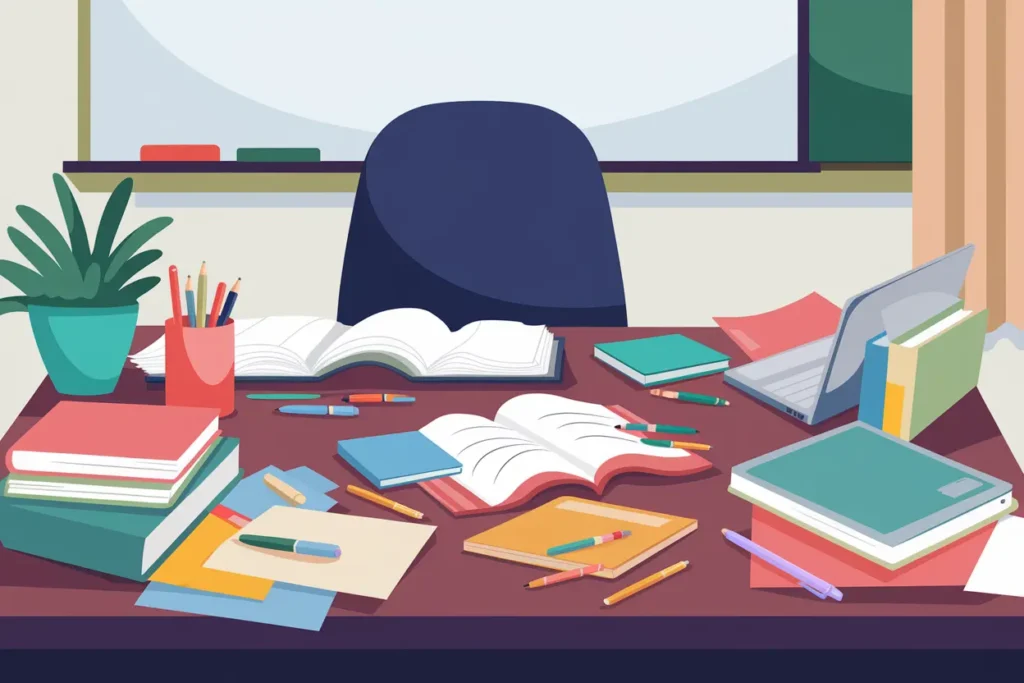
ADHD Time Management Technique: Erasable Pens
The best planner is one that you will use, right?
For me to want to write in one?
I need the right kind of pen.
Erasable pens are just right. They are easy to use, and don't give me any weird sensory vibes like a pencil might.
And as the name suggests, they erase.
There are erasable pens I always order on Amazon, but it looks like the model I get is discontinued.
Here is the updated version, but I haven't tried them yet.
Still, they have good reviews and the old ones were really good. Love them!
Plan with the End in Mind (Backward Design)
I remember when I first heard the saying that ADHDers are excellent fire fighters.
I was like, “What?”
Then I realized, not in the literal sense, necessarily.
(Although we for SURE make great EMT and ER medical personnel.)
But meaning that we tend to spend most of our time putting out fires.
It didn't make sense to me, and then later on I saw how true it is.
It's hard to say no to doing something NOW when everything feels important and urgent.
How are we supposed to prioritize that way?
One trick is trying to get far enough ahead (like a quarter of a year, or more).
You put down all your important non-negotiable dates.
And work backwards.
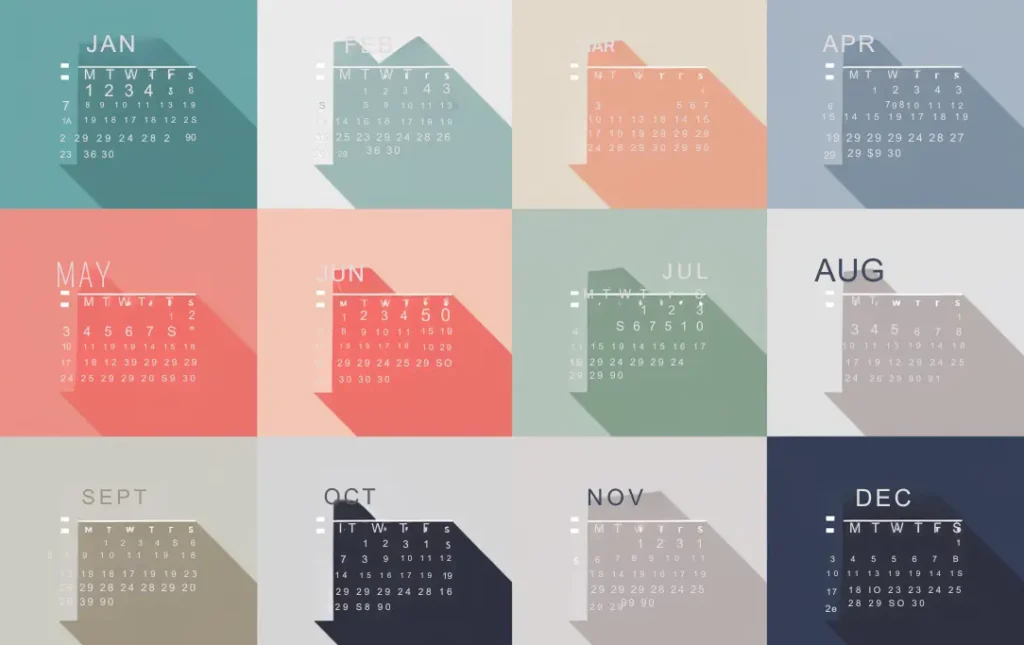
What has to be done this month, this week, today, to make those things happen?
That way we can look at our daily schedule and realize we don't have as much free time as we think.
It can help us to say no.
For example, let's say I'm at home with my kids.
I'm trying to ‘mom' and work on the business at the same time.
They already have their snacks, drinks, activities, all set up.
But they keep interrupting for more… More to drink, more snacks…
And like any good, young, impatient kid, they want it right nowwwwwwwww.
If I'm not planned out far enough in my head, it's a lot harder to say no.
Not right now, but later. In a little while.
I'll set a timer and let me know if you still need that then.
(Also, you can get it yourself, I remind them. But I digress.)
So little techniques like that to stall the interruptions can help.
(By the way, if you're a working mom, check out “7 Effective Time Management Tips for Working Mums” by Intentional E!)
Introduce Backward Design
Try planning with the end in mind.
It's also known as backward design.
Start with the desired outcome. What do you want to achieve?
A completed lesson plan? A graded stack of papers? By when?
(Usually the answer for me is, ‘Yesterday.')
Then, break down the project into smaller, manageable steps.
Schedule each step in your planner.
Example: Lesson Planning with Backward Design
Let's say you need to create a lesson plan.
- Step 1: Define the learning objective. What do you want your students to know by the end?
- Step 2: Determine the assessment method. How will you know if they learned it?
- Step 3: Create the activities and resources. What will you use to teach the lesson?
- Step 4: Write the lesson plan.
Benefits of Backward Design
- Increased focus and clarity
- Reduced procrastination
- Improved efficiency
Actionable Tip
Before starting any project, take a few minutes to plan with the end in mind.
Trust me, it'll save you time and stress in the long run.
Get your year calendar out and go back until you get to today.
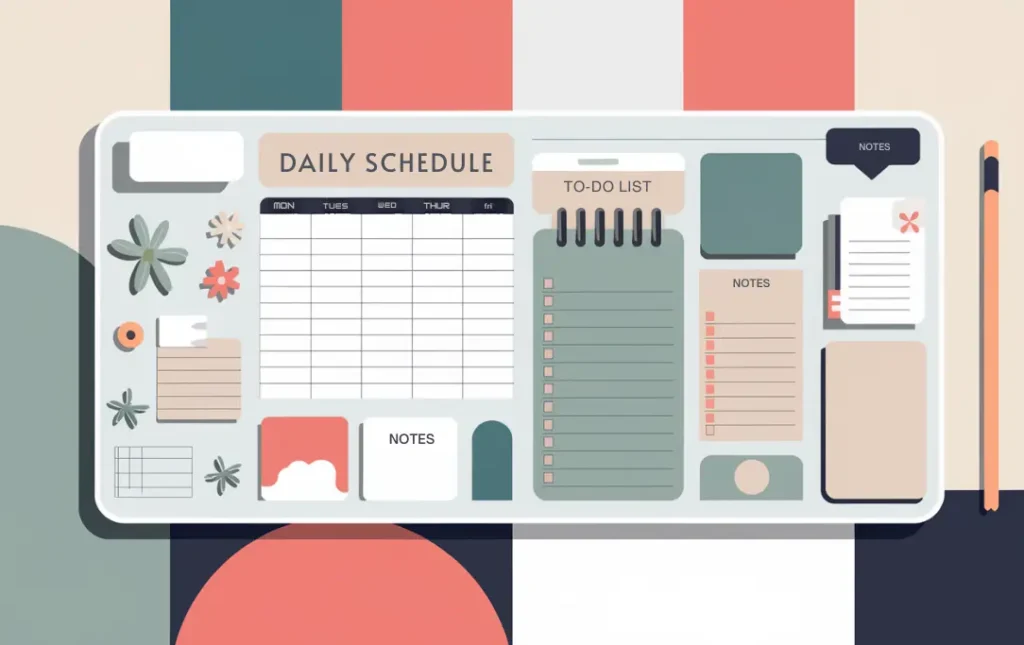
Accountability Buddies (Body Doubling)
This is by far my favorite accountability accommodation.
What is Body Doubling?
Body doubling is simply working alongside someone else to improve focus and motivation.
The other person doesn't even have to be working on the same task!
Their mere presence (even virtually) can make a huge difference.
I've used body doubling to help me with everything from business tasks to cleaning the kitchen.
(Not my fave!)
How Body Doubling Helps with ADHD
- Provides a sense of accountability
- Reduces feelings of isolation
- Creates a structured environment
- Reduces executive function drain (through less stress)
Finding a Body Double
A colleague, a friend, a family member…even an online group!
There are virtual body doubling options available, too.
FocusMate is a great one for this.
It's reasonably priced and lets you work on desk tasks or even movement-based activities.
(Like cleaning the aforementioned kitchen… Not that I need to do that or anything…)
Setting Up a Body Doubling Session
- Define clear goals for the session. What do you want to accomplish?
- Establish a check-in schedule. How often will you check in with each other?
- Minimize distractions. Put your phone away!
Example
Working alongside a colleague while grading papers or planning lessons.
Having someone else in the room can help you stay on track.
Actionable Tip
Reach out to a colleague and suggest a body doubling session.
You can say that you work better this way, without going into the specifics.
You might be surprised at how effective it is!
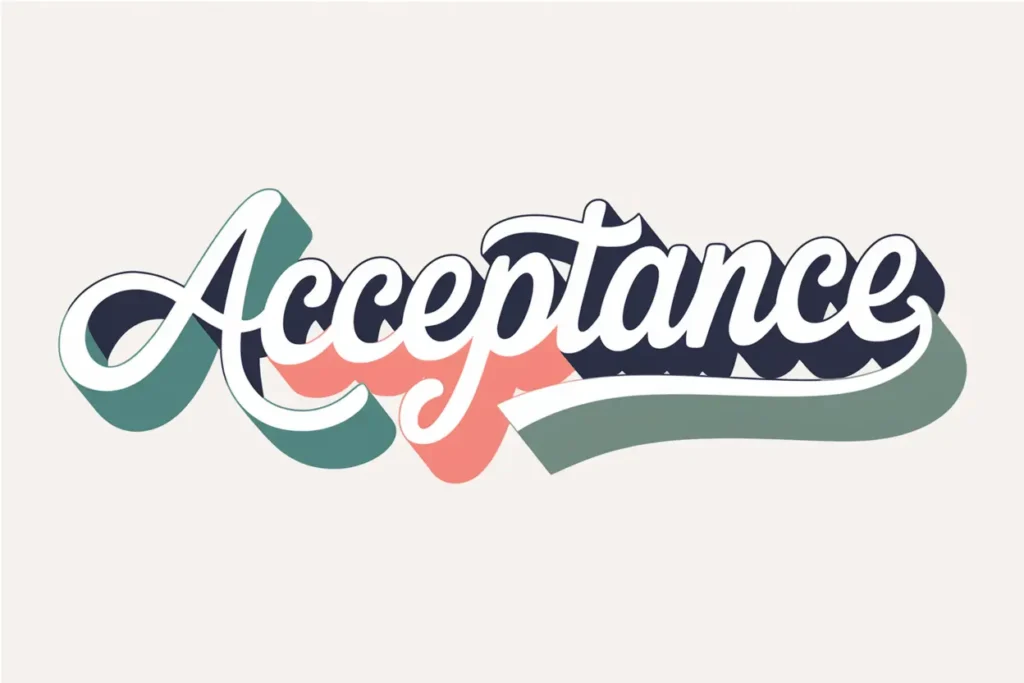
Acceptance
The biggest step you can take in any of these undertakings is to release unrealistic expectations.
Your brain is what it is. It's unique to you. And you are pretty awesome!
Accept it for what it is. That even with the challenges it brings, it also has crazy insane talents and gifts.
All of those parts make up who you are.
Ironically, the more we can accept ourselves just as we are, the sooner we can move forward.
We can also sometimes even break out of, for example, task paralysis a little easier.
My blog post about ADHD task initiation goes into this more.
Going Forward
The most important thing? Finding ADHD time management strategies that work for you.
Experiment, tweak, and don't be afraid to ditch what isn't working. Remember, progress, not perfection, is the goal.
As “15 Achievable ADHD Accommodations Checklist for Teachers” suggests, start with small steps to get big results, viewable on TeachwithND.
Now, I want to hear from you! What are your favorite time management tips?
Join the Community
Want to connect with other like-minded educators?
We share ideas, ask for help, vent, and generally support each other.
Visit our Facebook group and take it one step at a time.
You've got this! ❤️

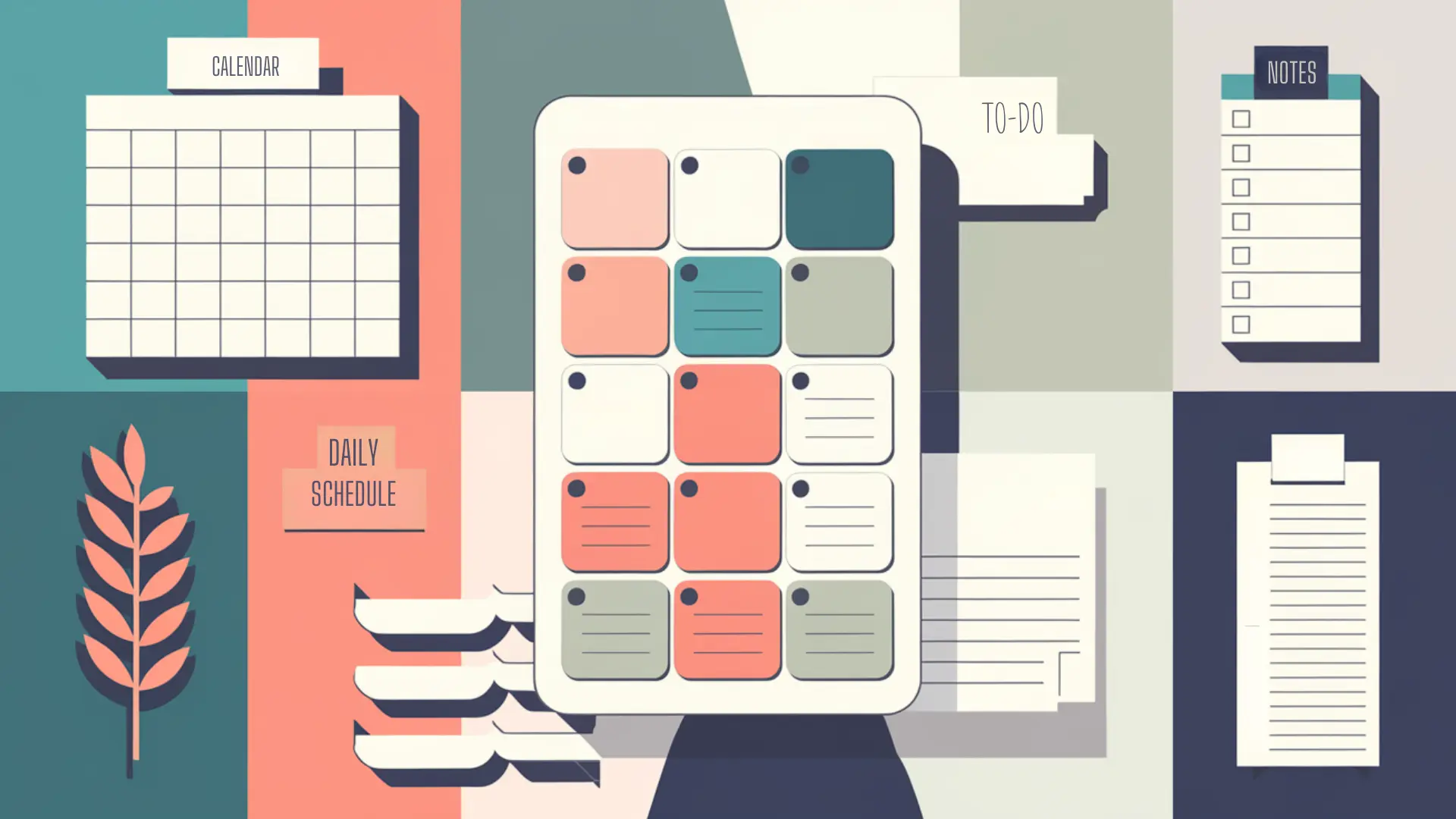



![Easy ADHD Lunch Ideas Adults Will Appreciate [Updated for 2025] 11 adhd lunch ideas adults, a colorful grain bowl](https://teachwithnd.com/wp-content/uploads/2024/06/food-dish-with-three-dividers-768x431.webp)

